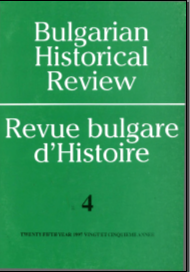
We kindly inform you that, as long as the subject affiliation of our 300.000+ articles is in progress, you might get unsufficient or no results on your third level or second level search. In this case, please broaden your search criteria.

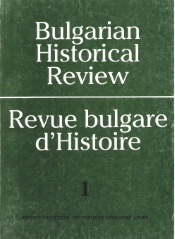

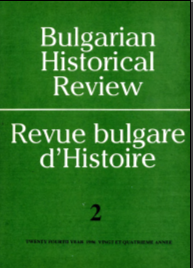
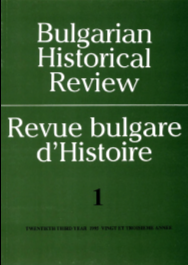
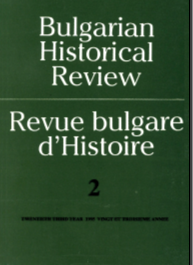
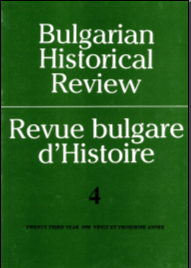
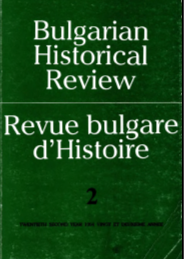
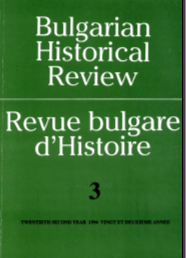
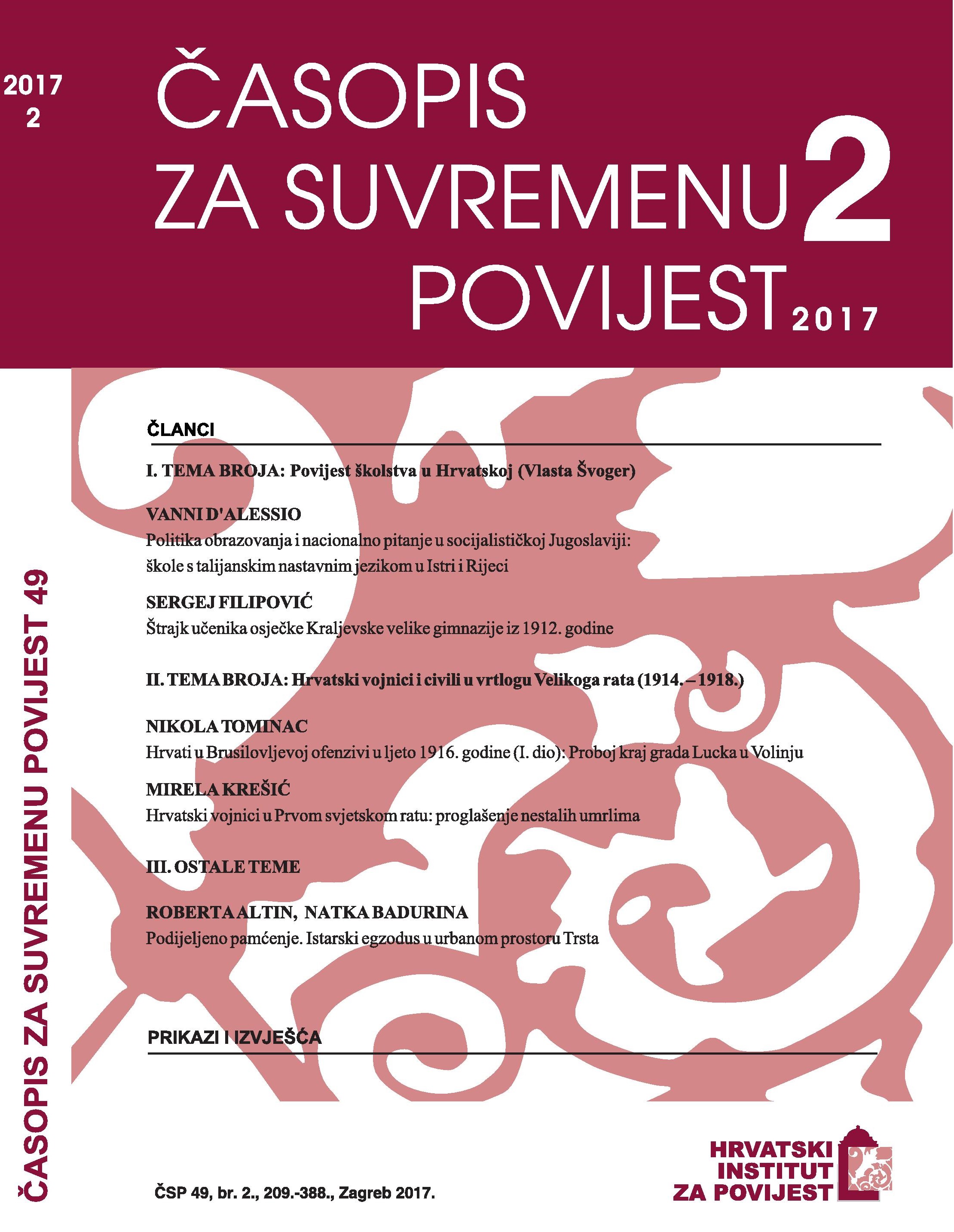
This paper examines the strike of the pupils of the Royal High School (Kraljevska Velika Gimnazija) in Osijek in 1912 based on archival sources and contemporary press articles. It analyses the reasons behind the strike, describes its course and the consequences for its participants as well as public opinion about it, and then draws certain conclusions. The mentioned strike is placed in the historical context of the events in Croatia, first of all the crisis that erupted after Slavko Cuvaj was appointed as ban (viceroy) of Croatia and dissolved the Croatian Parliament, which triggered a protest among the students at the University of Zagreb. After a clash between the students and the police, the youth of Sarajevo joined the protests out of solidarity. One of the youths, Salih Šahinagić, was wounded, but a rumour circulated that he had died, which turned out untrue, but not before it caused a reaction among high school pupils throughout Croatia, including in Osijek. The Royal High School is used as an example of what the pupils’ strike of 1912 looked like on the local level. First, on 24 February 1912, the pupils of Osijek, having heard of Šahinagić’s wounding, held demonstrations that consisted of moving through the city in procession, singing patriotic songs, and chanting anti-Hungarian paroles. A few days later, when news came that their colleague from Sarajevo had died, the pupils of Osijek decided not to go to school, and went on strike on 28 February 1912. They once again walked through the city, sang patriotic songs, and chanted anti-Hungarian paroles, but this time there was also a mi-nor clash with the City Police Forces. The strike ended the very next day. In March, the strike of high school youths spread from Sušak, through Zagreb, and into other parts of Croatia, since there were fears that the pupils who participated in previous demonstrations would be expelled from their schools. There is little data regarding this strike in Osijek, but it is likely that it lasted only one day, after which the pupils agreed at an assembly that they’d return to school. The public supported the pupils during the strike. The only pupil who was seriously punished for participating in the strike was Mato Mijatović, who was expelled from school. The other pupils were severely reprimanded. The pupils’ strike showed that the new generation of youths was ready to fight for their beliefs, and that the process of their radicalisation was continuing. It would culminate with the assassination of Franz Ferdinand.
More...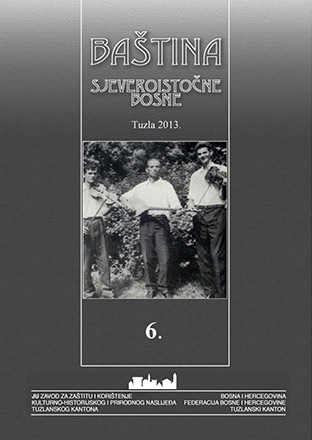
U radu se govori o promjenama koje je donijela austrougarska uprava naspram ranije osmanske uprave u gradu Tuzli. Pri tome se u radu osvrće najviše na uticaj Austro-Ugarske na arhitekturu i izgradnju različitih građevina u Tuzli. U uvodnom dijelu se govori o političkoj situacijiu BiH i Tuzli, te kako je uprava doprinijela svim promjenama u Tuzli.
More...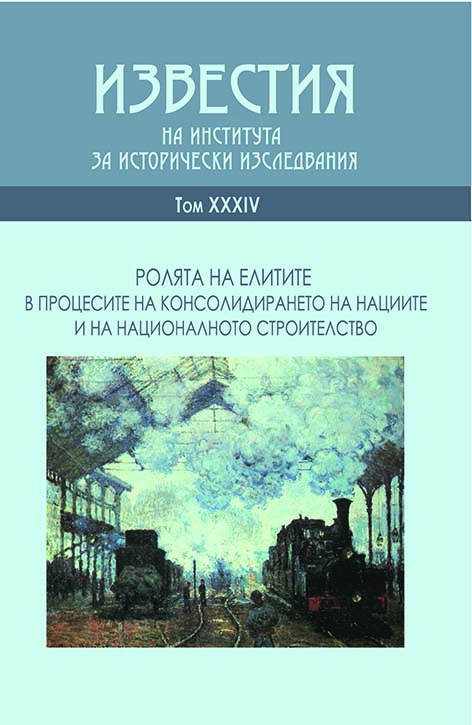
This study researches the Church problems of the Bulgarian municipalities during the last decade of the 19th century, related to the receiving of berats for bishops, who organized and lead the overall church and educational activities of the Bulgarians in the Eparchies. The main role in solving the problems, which were incredibly important for the preservation of the national identity of the Bulgarian population, was that of the representatives of the Bulgarian Exarchate, mainly of Exarch Joseph I, the Bulgarian bishops and priests, and the local municipal authorities. The actions of the Bulgarian governments for the protection of the Bulgarians in Macedonia and their religious and national rights, are also presented in this study.
More...
The paper focuses on the diplomatic activity of the Bulgarian representatives in Constantinople in the end of 19th – beginning of 20th century. During that time Bulgaria was vassal to the Ottoman Empire but was resolutely striving to emancipate from the suzerain. The text emphasizes the personal efforts of the Bulgarian representatives for rejecting the Ottoman suzerainty after the official recognition of Prince Ferdinand in 1896 till the declaration of the Bulgarian independence in 1908. It is clearly seen that they are not only blind executors of their governmental foreign policy but have their own contribution walking the way of emancipation in respect to the Ottoman empire.
More...
The article presents and analyses the existing overlap between the high-level administrative elite of Walachia and Moldova, and Eastern Rumelia, on the one hand, and the new Romanian and Bulgarian national governmental elites in the late 19th century, on the other hand. Focusing on the continuity/discontinuity of the elites the author addresses the topic by using a prosopographical approach: group/s of the Romanian and Bulgarian ministers belonging to the first generation of the newly established national political elite are presented through the lens of their routes to political carriers with an emphasis on the influence of the accumulated imperial experience.
More...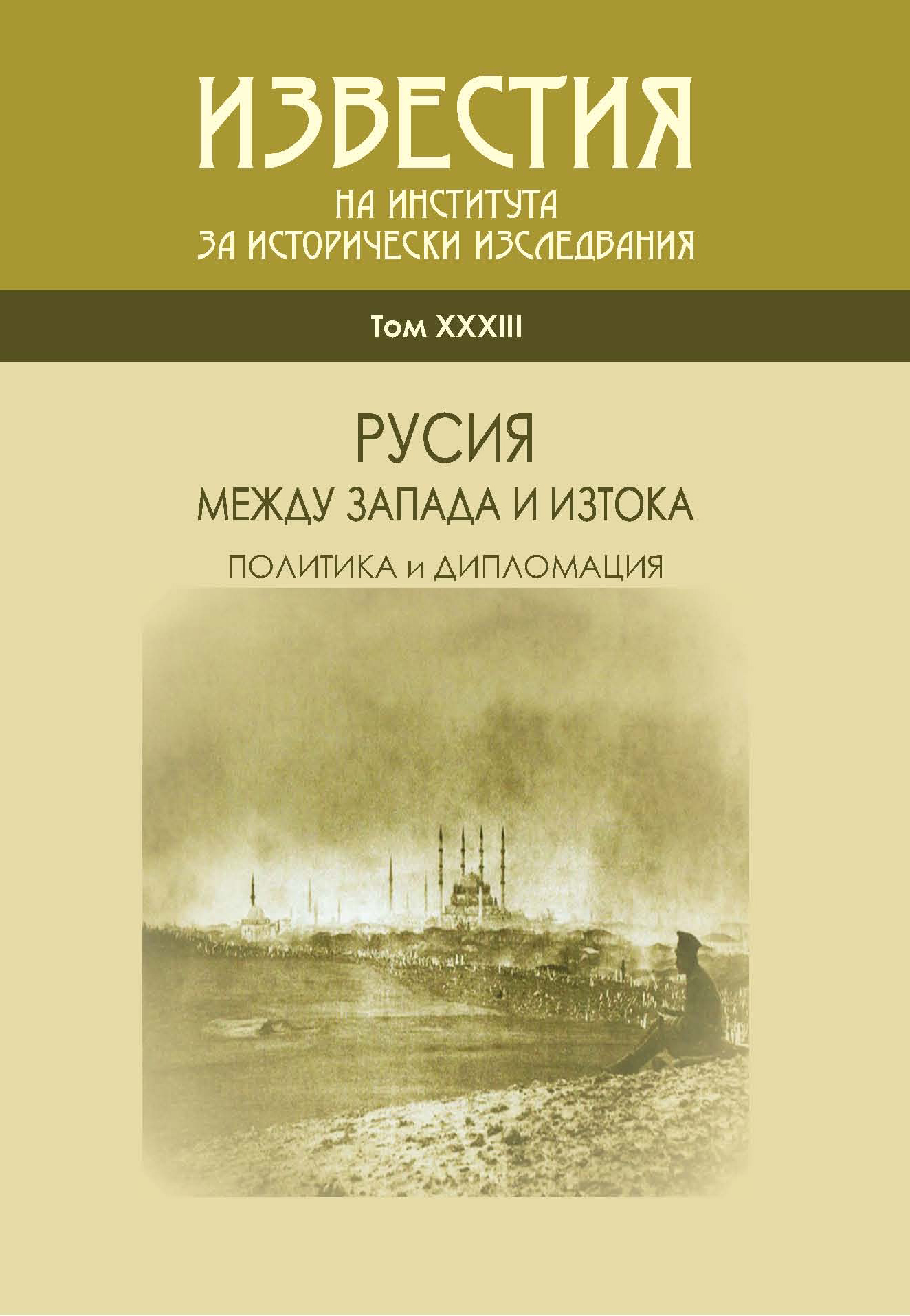
The desire of the Balkan Peninsula countries to finally free themselves from the Ottoman yoke receives a warm response in Russia. This is why during the First Balkan war the Russian society starts a broad movement for solidarity with the brotherly in blood and faith nations. The article describes the aid, which is provided by the Russian charitable societies to Bulgaria and other Balkan States. The Russian Red Cross plays a major role by providing medical care not only to the soldiers of the Bulgarian army, but also to civilians. The war in the Balkans receives a huge reaction in the Russian press. The article describes the work of the war correspondents, who are side by side with the Bulgarian army the whole way. Among them are not only journalists and military soldiers, but also famous writers such as V. I. Nemirovich-Danchenko and M. A. Osorgin. Most of them leave vivid and emotional memories showing strong friendship bonds between the Bulgarian and Russian nations. The article uses a lot of press materials and documents from the Russian archives.
More...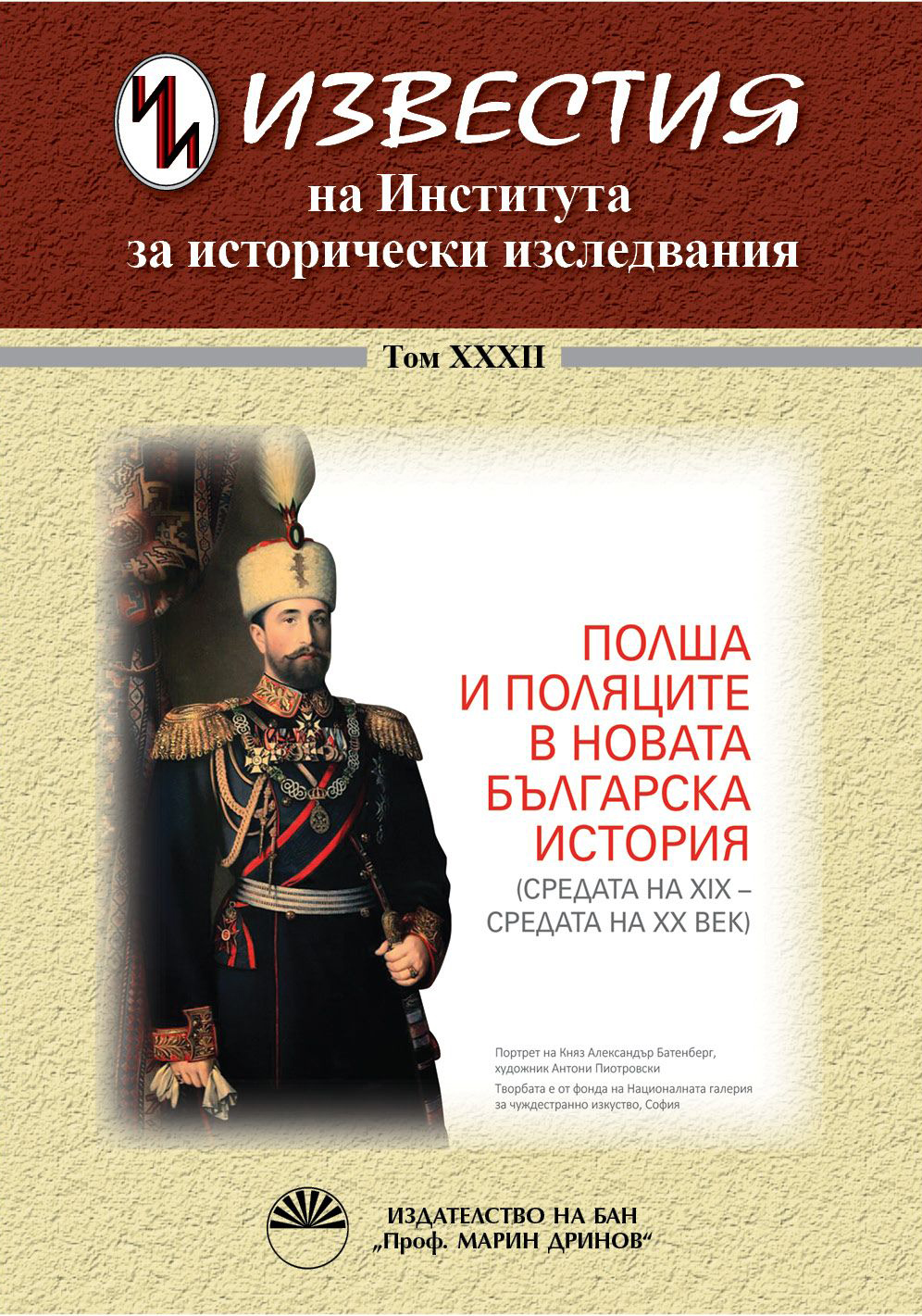
In the Stara Zagora diocese served many worthy prelates, who have left lasting traces in the history of the Bulgarian Orthodox Church. One of them is Methodiy Kusev. On July 14, 1896 the St. Synod approved him as metropolitan of Stara Zagora. The Uniate ideas spread in Stara Zagora immediately after the proclamation of the Bulgarian union. In the delegation, led by Dragan Tsankov, who visited Archbishop Brunoni on December 18, 1860, took part also Manol Ivanov from Stara Zagora, a merchant in Constantinople. In 1861, Dragan Tsankov visited the school in Stara Zagora and some friends of his with the intention of preaching the union in the city. The union found supporters also among the intelligentsia, primarily teachers and young people who wanted to receive their education in the West. A more influential supporter of the union in the city was Dimitar Ivanov, brother of Manol Ivanov – one of the companions of Dragan Tsankov and active advocate of the Constantinople union. At the end of the 19th century the Catholic propaganda was trying to establish itself more firmly in Stara Zagora. For this purpose, it relied on the graduates of the Bulgarian Catholic schools in Edirne, as many children of Orthodox parents who attended these schools had subsequently settled in Stara Zagora, as well as uniates from the region of Adrianople. The activation of the Catholic mission in Stara Zagora is mentioned in letter № 4066 of November 24, 1899, signed by the Stara Zagora Bishop Methodiy and addressed to the St. Synod of the Bulgarian Orthodox Church. It is reported that in the city had established themselves the Fathers Resurrectors Simeon Kobzhinski, Thomas Olszewski and August Moser, head of the resurrection mission in Edirne, who intended to open a chapel in the house of the Plovdiv resident Zaharina Mitova, rented for the needs of the Catholics. The fact that among the missionaries was the head of the Edirne mission of the Fathers Resurrectors shows that Stara Zagora was entrusted to the Congregation of the Resurrectors. Regardless of the active Roman Catholic propaganda its successes in the city were insignificant. “The Orthodox Bulgarian from the region of Stara Zagora is and will remain deeply in his soul an Orthodox. In the future, as in the past, he will defend the cause of grandparents faith”.
More...
There is not much preserved evidence of the cultural and scientific relations between the established in 1869 Bulgarian Literary Society (transformed in 1911 into Bulgarian Academy of Sciences) and Polish institutions and citizens. There is also little indirect evidence of these links. These circumstances reveal that during the early period of existence of the Bulgarian Literary Society the contacts with the then functioning Imperial (Royal) Krakow Society and its successor – the Krakow Academy of Knowledge were not very frequent. The paper presents some facts of the not very intensive relations between Poland, the Poles and the Sofia Literary Society in the early period (mainly until the end of the 19th – early 20th centuries).
More...
The project of the Central Library of BAS “Polish Cultural and Spiritual Glimpses in Bulgaria, 1850-1944” aims to gather bio-bibliographical information about the most prominent representatives of the Polish cultural and spiritual elite associated with Bulgaria. The database will be available on the Internet. It includes information about little-known and rare editions such as “Bulgaria” and “Kardzhali” of Michal Czaikowski, “At Dawn” of Zigmund Milkowski, works in Bulgarian and Polish by Henryk Batowski, Ludwig Widerszal, Jan Grzegorzewski, Jozef Golombek and Tadeusz Grabowski. There will be links to the digitized publications, such as “My memories from the wars of 1912–1918” by Oto Barbar and rare editions devoted to Poland by prominent Bulgarians, such as Nikola Milev, Stefan Tsankov and others. The articles for the Polish artists Tadeusz Ajdukiewicz, Henryk Dębicki, Antoni Piotrowski will be illustrated by their paintings related to Bulgaria. The project will present unique materials, such as the letters of Count Adam Tarnowski about the rescue from destruction of the Polish intelligentsia during World War II.
More...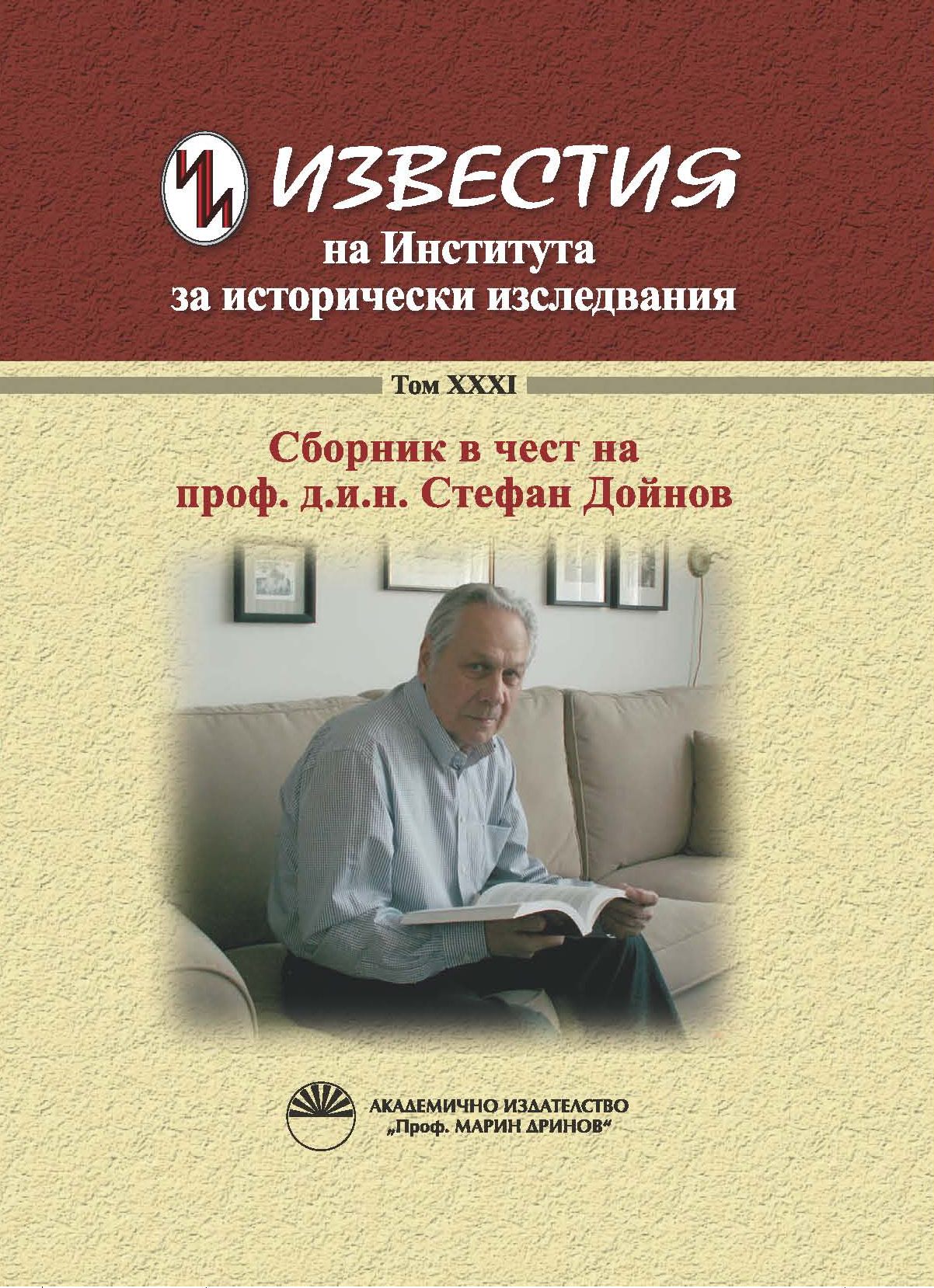
This article presents the development of the family and households structure of the population inhabiting Bulgarian Black Sea coast in the 19th century. The analysis of the source material allows to identify the characteristics of this demographic structure in the contact zone of the Black Sea. At the end of the studied period there are features of marital status structure that began to be imposed in Bulgaria in the early 20th century. The region is characterized by a gradual upward trend in nuclear families.
More...
This paper considers the trends and attitudes of the soviet historians of the New Economic Policy and Stalin’s regime to the study of Stambolov’s foreign policy, and policy of the People’s Liberal (Stambolovist) Party governments. The evaluation of the international position of S. Stambolov and the People’s Liberal (Stambolovist) Party governments by soviet authors was dependent on the interpretation of the Russian foreign policy in the late 19th - early 20th century by historians. The author concludes that such important components of the subject, as an attempt to resolve in favor of Sofia the Macedonian issue and Bulgaria‘s relationships with the neighboring Balkan countries, were lost, which are omitted due to more detailed illumination of its relations with the great countries.
More...